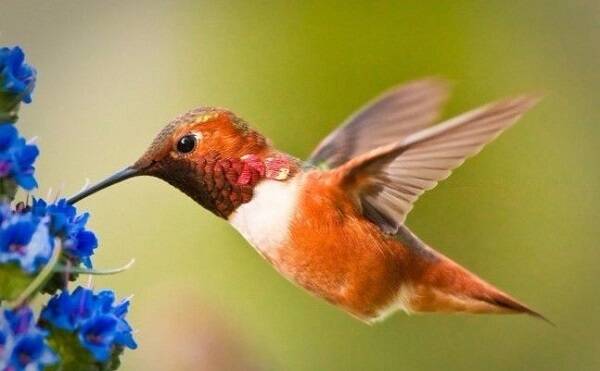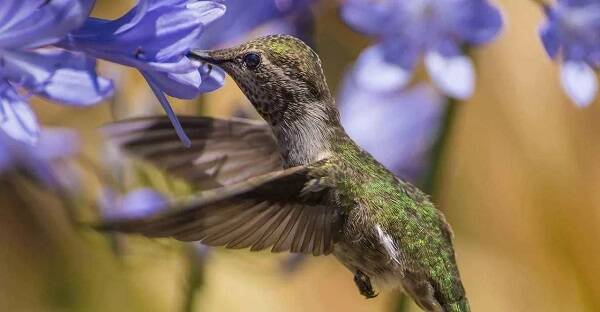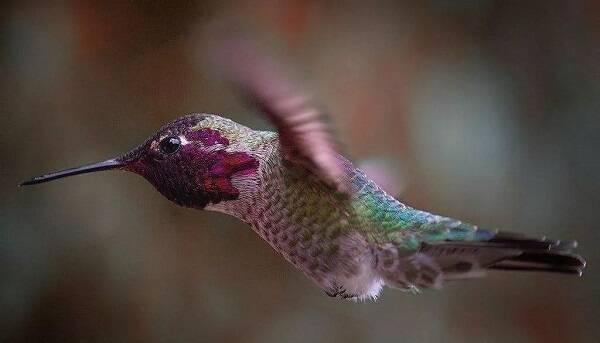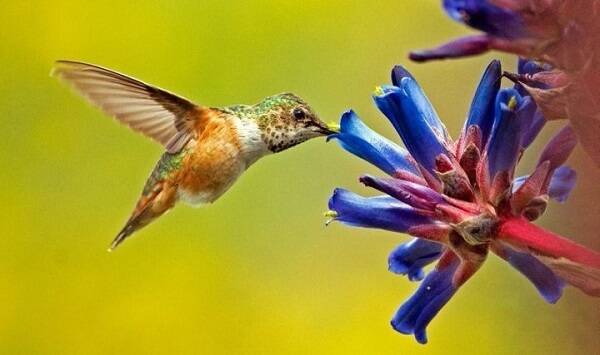The bee-sucking bird is the smallest bird on earth. It is only found in our good brother Cuba, which is also a socialist country. It is a unique bird of Cuba. The bee-sucking bird is a member of the hummingbird family. It is agile and extremely small. The term "tiny" here is by no means a general description, it is indeed "extremely" small. In Chinese, "ji" can be synonymously replaced with "most". In 2013, it ranked sixth on the list of the cutest species in the world selected by CNN.

An adult honeybee is only 5-7 centimeters long, including the length of its beak and tail feathers. You open your palm at will and the straight line between your thumb and index finger is longer than it is. Can you imagine a bird flying freely in the space between your thumb and index finger? Bee-sucking birds are so small and compact.

Not only that, it is also the smallest warm-blooded animal on earth. Their slender bodies are lighter than a one-yuan coin, with an average weight of only 2 grams, while a one-yuan coin weighs about 6 grams. 2 grams! It is inconceivable that such a number would be used to represent the weight of a certain bird rather than an insect.

Although they are the smallest birds on earth, bee-sucking birds are as capable of flying as or much better than their cousins. When flying, they defy gravity by flapping their wings rapidly, with a frequency of up to 80 times per second, and they also emit a pleasant buzzing sound. When the mating season comes and they show off themselves in courtship, some bee-sucking birds flap their wings at an astonishing frequency, reaching an incredible 200 times per second!

Bee-sucking birds feed primarily on nectar, and their highest levels of hovering flight are designed for this purpose. Like women, they devote their passionate love to the brightly colored and delicate flowers. This love seems to never end. They can never stop. After picking one flower, they will immediately pick another one.
It is precisely because of such a huge amount of flowers that tropical flowers and plants are widely pollinated and reproduce continuously. In a more macro sense, the bee-sucking bird has become one of the maintainers of the ecological environment of its habitat.
animal tags:
We created this article in conjunction with AI technology, then made sure it was fact-checked and edited by a Animals Top editor.